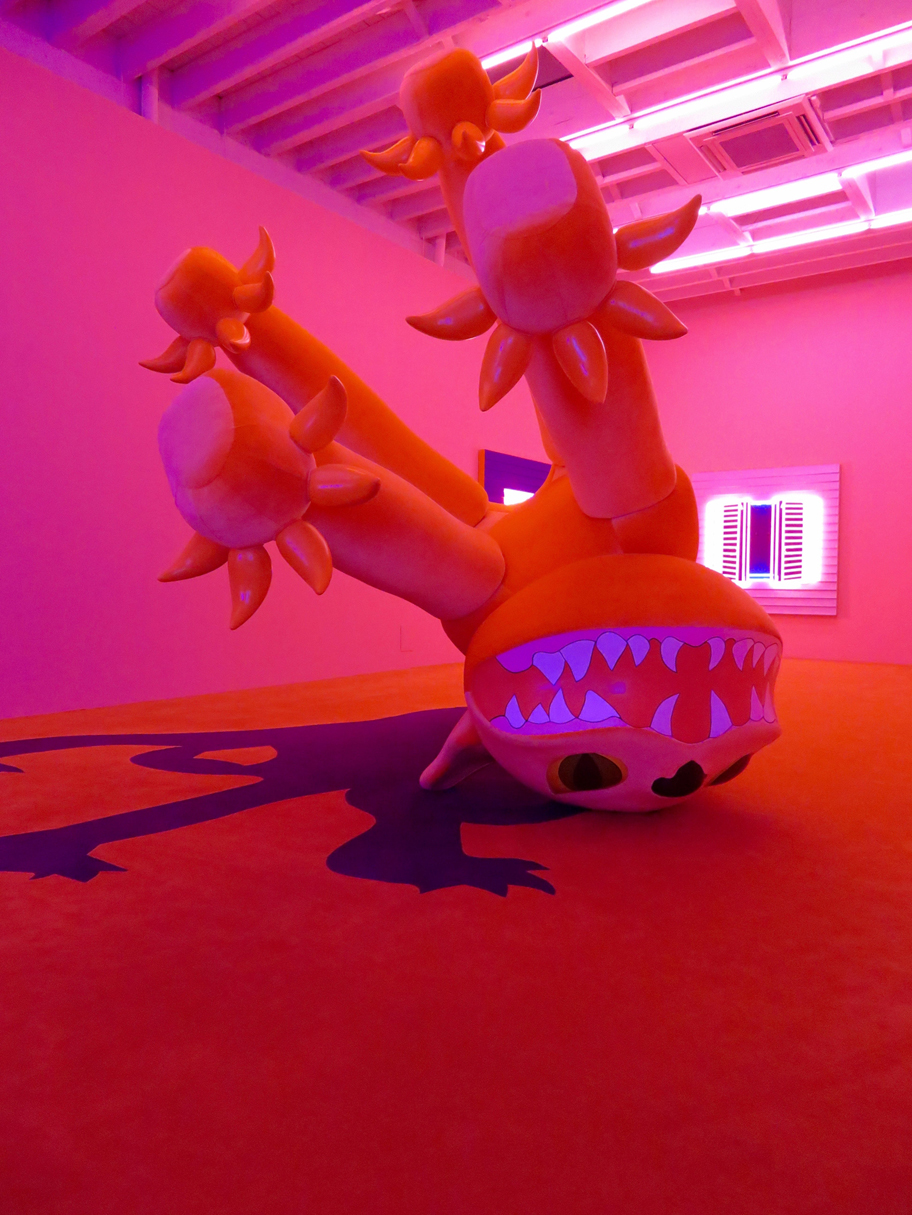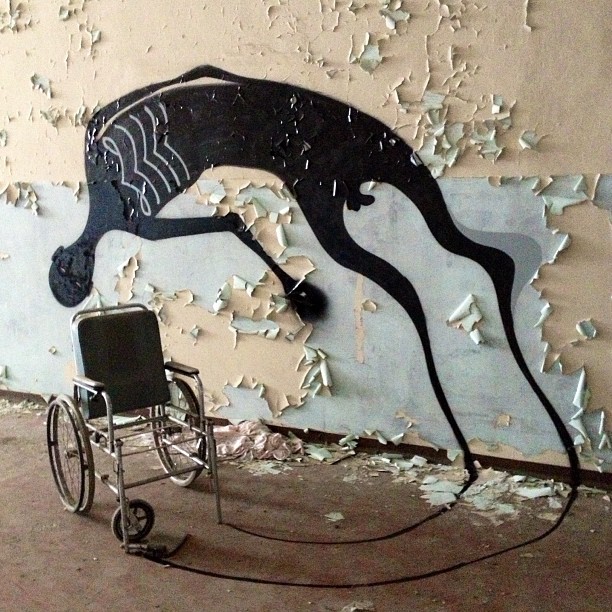
BREAKFAST
Empire State
Empire State is a kinetic A.I. artwork visualizing the current time-of-day and weather at the Empire State Building in New York. The imagery was created from running a sketch through an Artificial Intelligence model to generate two variations on the image, each printed on each side of the discs. The piece visualizes the current time-of-day and weather by animating clouds, rain, light/shadow, by rotating sections of discs to the reverse side. When one walks up to the piece, they will see their image reflected back at them, further embedding them to the connection between where they are and the current state in NYC.













